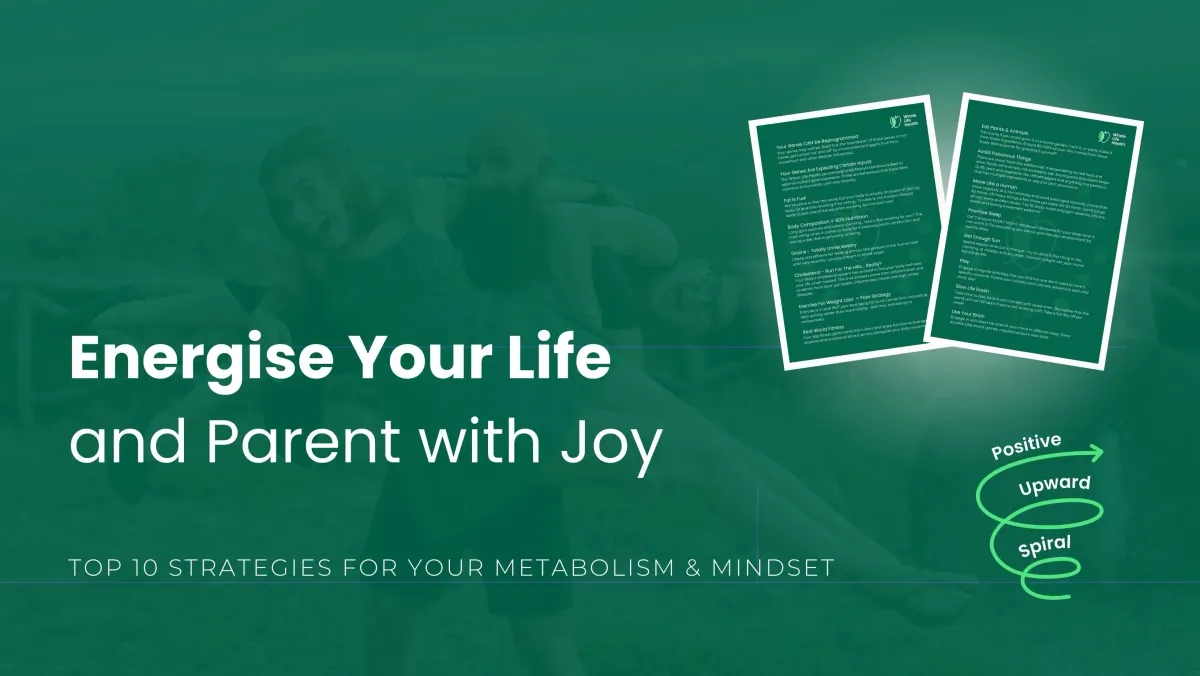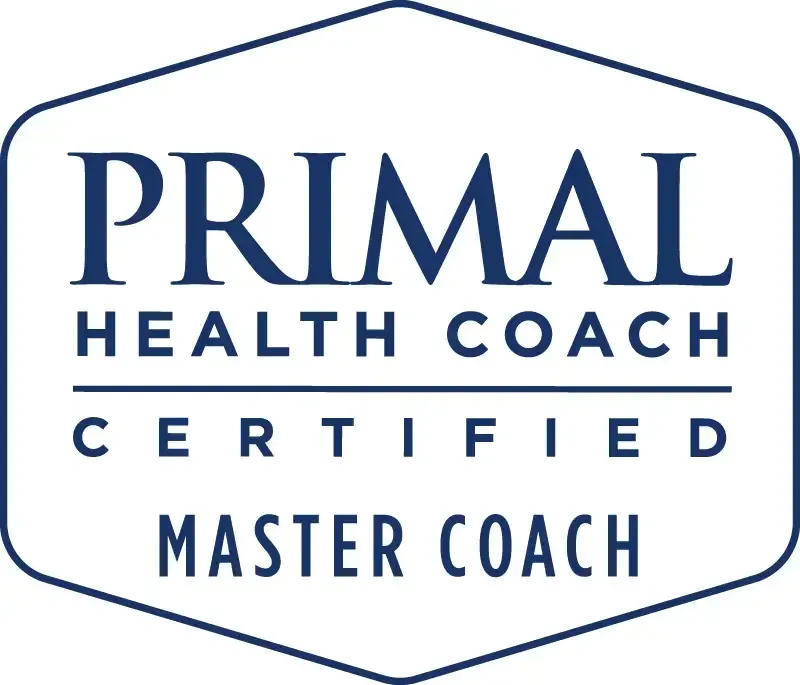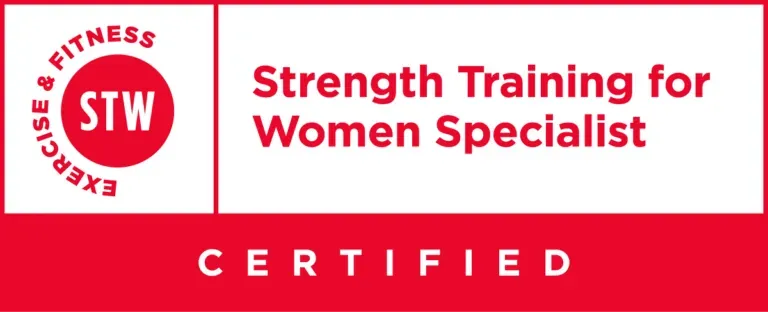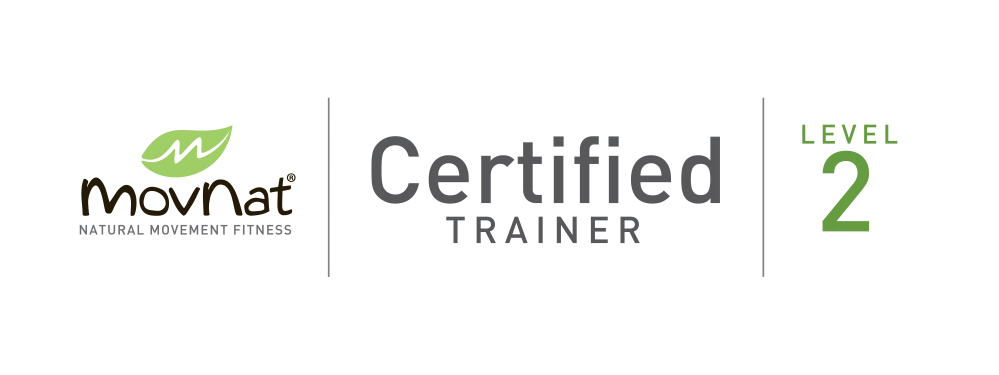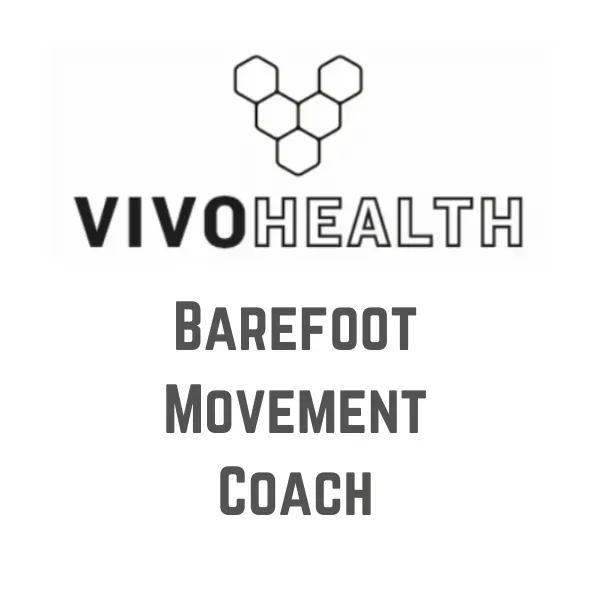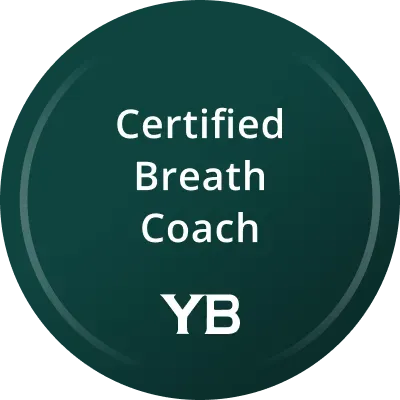
4 Stress Strategies for Real Life
Let’s Not Pretend Stress Isn’t a Thing
Modern life has become a pressure cooker—especially if you're juggling family, work, and trying to stay vaguely healthy in between.
And while a little stress now and then helps us respond to life’s challenges, chronic stress is a different beast. Over time, it hijacks your nervous system, disrupts hormones, undermines sleep, and leads to everything from anxiety to inflammation.
The good news? Your body knows how to handle stress.
You just need to give it the signals it’s designed to respond to.
Here are four Whole Life Health-approved ways to do just that—anytime, anywhere.
1. Breathe Like You Mean It
Your breath is your built-in stress switch. It’s the only part of your nervous system you can consciously control—and it’s free.
Why it works:
Breath control activates the parasympathetic (“rest and digest”) system, lowers cortisol, and calms the limbic brain. Even one minute of focused breath can shift your state dramatically¹²³.
Try this:
Inhale through your nose for 4 seconds
Hold for 2
Exhale through your mouth for 6
Repeat for 1–3 minutes
Optional: place a hand on your chest or belly to anchor awareness
Real-life moment: Do this in the car before picking the kids up, on the loo between Zoom calls, or while waiting for the kettle to boil.

2. Move Naturally (Not Just for Exercise)
You don’t need a gym membership or a Peloton.
What your body really wants is movement that feels real—crawling, walking, squatting, lifting, stretching, climbing, even fidgeting.
Why it works:
Natural movement reduces muscular tension, boosts circulation, and floods your system with endorphins. Movement also helps metabolise the physical effects of stress—especially if it’s dynamic, varied, and grounded⁴⁵.
Try this:
Stand up and roll your shoulders back
Twist your torso gently side to side
Squat down and stretch your arms overhead
Walk barefoot if you can
Play with your kids instead of watching from the bench
Real-life moment: Stretch during screen breaks. Walk the school run. Chase the dog around the garden. Stack your movement with your life.

3. Reconnect With Nature (Properly, Not Just Passing a Shrub)
You don’t need to live in a woodland yurt to feel the benefits of nature... But it’s got to be more than walking past a hedge while doom-scrolling.
Why it works:
Spending at least 120 minutes per week immersed in nature has been shown to significantly improve physical and mental health⁶. That’s not just brushing against a leaf on your way to Tesco—it’s time where you’re actually present.
Listening. Breathing. Letting your nervous system slow down.
Research backs this up—and so does the NHS. In parts of Scotland, GPs are now officially prescribing nature therapy to help patients manage stress, anxiety, and chronic illness⁷. Forest walks, birdwatching, coastline time… it’s real medicine.
“OK, but I live in town and can’t technically do this anywhere.”
True. But… ish. Cut me some slack...
Look for mini-immersions: a garden bench, a patch of grass, even a tree out the window. Presence is the magic ingredient.
Try this:
Sit in the garden or by a window for five quiet minutes with your tea
Walk without headphones and notice how the world moves
Take the kids out for a muddy stomp and let them lead the way
Watch the sunrise, or the stars, without needing it to “do” anything for you
Real-life moment: When your head’s buzzing and your fuse is short, stop everything and step outside. Not to fix anything—just to remember what 'OK' can feel like.

4. Build Belonging
Loneliness is one of the most stressful experiences a human can have. But even brief moments of connection—real eye contact, shared laughter, words of encouragement—buffer stress like nothing else.
All of the blue zones (where people live longest) have tight-knit social connections... go figure!
Why it works:
Social connection boosts oxytocin and modulates your stress response⁸⁹. It reminds your body you’re not facing everything alone—and that’s biologically soothing.
Try this:
Voice note a friend just to say hi
Join a group (like the TRIBE) where health and life are talked about honestly
Make time to eat with someone, even if it’s just one meal a week
Share what’s actually going on—don’t just say “I’m fine”
Real-life moment: Say something kind to the next person you talk to. It matters more than you think.

Pulling It Together (Without Adding to Your To-Do List)
If you take one thing from this post, it’s this:
Stress is a body state, not a moral failing.
And your body already knows how to return to balance—when you give it the right inputs.
So pick one of these to try today:
Breathe like you’re the calmest person in the room
Move like your ancestors (and your children)
Step into nature, however briefly
Speak to someone with presence and openness
And if life’s been piling up, if you’re carrying the invisible load and wondering how to hold your health together in the process—you're not alone.
Let’s map out a rhythm that honours your biology, reality, and goals.
Book a free call and let’s co-create something sustainable, nourishing, and (whisper it)... actually enjoyable.
References
¹ Benson, H., Beary, J., & Carol, M. (1974). The Relaxation Response.
² Varvogli, L., & Darviri, C. (2011). Stress management techniques.
³ Sukh, P., & Sharma, B. (2023). Application of meditation for stress management.
⁴ Vasudeva, W. (2024). Relaxed living: the antidote to stress and tension.
⁵ Sieveking, A., & Eshref, H. (1999). Easy Exercises to Relieve Stress.
⁶ White, M.P. et al. (2019). Spending at least 120 minutes a week in nature is associated with good health and wellbeing. Scientific Reports. https://www.nature.com/articles/s41598-019-44097-3
⁷ NatureScot. (2023). NHS Orkney roll out Nature Prescriptions. https://www.nature.scot/nhs-orkney-roll-out-nature-prescriptions-following-success-shetland-and-edinburgh
⁸ Huberty et al. (2019). Efficacy of the Calm App to Reduce Stress.
⁹ Cha et al. (2023). Trends in Self-Compassion and Connection Research.


